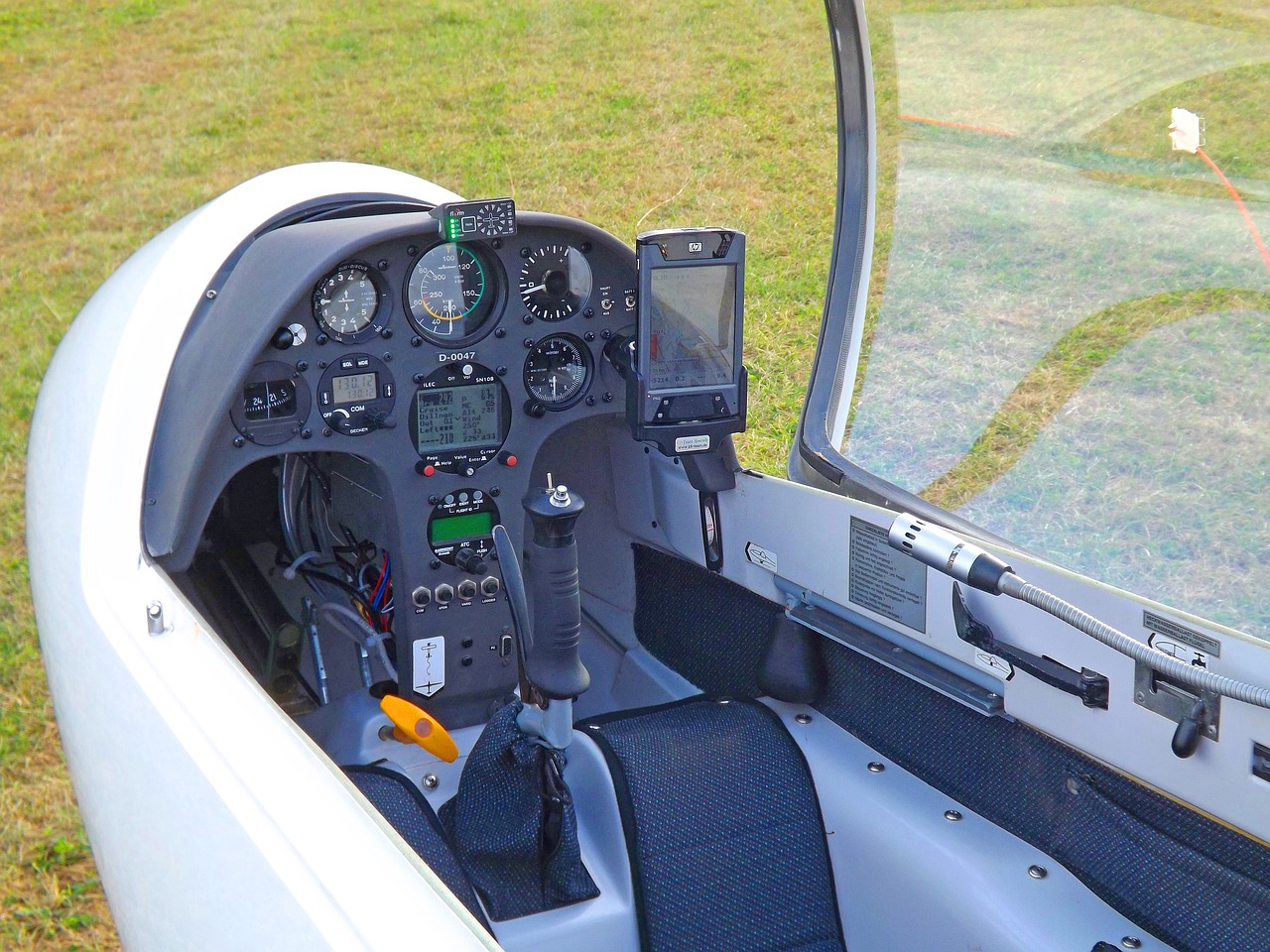Flight Management Systems (FMS) in Ultralights

The Flight Management System (FMS) is a critical component of modern commercial aircraft avionics. It is a specialized computer that automates numerous tasks during flight, thereby reducing the workload for the flight crew¹. Let’s delve into the key aspects of FMS:
- Purpose and Benefits:
- The FMS aims to achieve specific outcomes for charter airlines, including punctual performance, fuel savings, and extended engine and component life.
- By operating the aircraft more precisely than a human pilot could achieve alone, the FMS contributes to profitability.
- Comprehensive Control:
- The FMS acts as the primary computer system that oversees all other systems, whether computerized or not.
- It coordinates adjustments to flight parameters, engine settings, and fuselage control—either automatically or by providing guidance to the pilot.
- Every aspect of the flight, from pre-flight planning to landing, including in-flight modifications to planned courses of action, falls under the FMS’s purview.
- Key Components:
- The central component of an FMS is the Flight Management Computer (FMC).
- The FMC communicates with various systems, including the Engine Indicating and Crew Alerting System (EICAS), Air Data Computer (ADC), thrust management computer, Enhanced Integrated Flight Information System (EIFIS) symbol generators, autopilot, inertial reference system, collision avoidance systems, and radio navigation aids via data buses.
- The user interface for the FMS is a Control Display Unit (CDU), typically located on the central pedestal in the cockpit. It features a full alphanumeric keyboard, a CRT or LCD display, status annunciators, and specialized function keys.
- Dual FMS Configuration:
- Most FMS setups consist of two independent FMCs—one for the pilot and one for the copilot.
- These FMCs cross-communicate via data buses.
- In normal operation, workload is divided between the pilot and copilot, with the pilot’s CDU monitoring and interacting with operational parameters while the copilot’s CDU handles navigation tasks.
- If a primary component fails (e.g., an FMC or CDU), the remaining operational units continue functioning without compromising the system.
- Vertical, Horizontal, and Navigation Components:
- FMS manages vertical (altitude), horizontal (lateral navigation), and navigation components by adjusting engine and fuselage controls.
In summary, the FMS plays a pivotal role in optimizing flight operations, enhancing safety, and achieving economic efficiency in ultralight aviation. Its integration with other avionics systems ensures seamless coordination throughout the flight journey.
Do you need maintenance or our FMS? Ask us, we will be glad to answer you.
